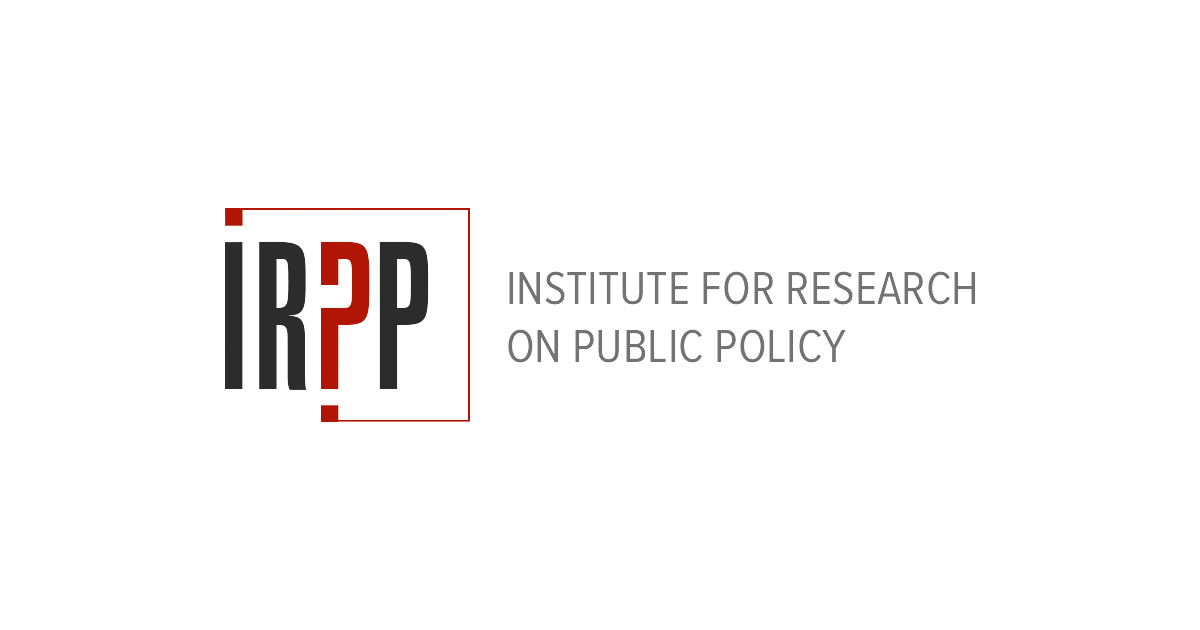One year of data shows Canada’s provinces and territories took very different approaches to fighting COVID-19

A year into the COVID-19 pandemic, a new paper from the Institute for Research on Public Policy and the University of Oxford makes clear the stark differences among the policy responses of Canada’s provinces and territories.
The culmination of twelve months of tracking by the IRPP’s Centre of Excellence on the Canadian Federation and Oxford University’s Blavatnik School of Government, the paper provides a snapshot of the relative severity of policies to combat the pandemic, including restrictions on gathering sizes, mask mandates, school closures, stay at home orders and travel restrictions.
It shows that the territories as well as the smaller, less populous provinces created the conditions for greater freedom of movement and “normalcy,” such as the Atlantic bubble, whereas the larger provinces restricted movements with curfews and stay-at-home orders. With the creation of regional zones and different policy measures triggered by changes in health care capacity, most regions have adopted policies and restrictions reactively, often too late, and frequently creating confusion in the public.
The paper makes clear that the benefits of federalism have been unevenly leveraged across Canada. The data provided here is intended to assist in improving future pandemic planning and communication among the provinces and territories.
READ MORE HERE
-
Date
Mar 18, 2021
-
By
Institute for Research on Public Policy
Newsletter
Sign up for the Healthy Aging CORE Alberta e-news to keep up-to-date with activity from the platform and the Community-Based Seniors Services (CBSS) sector across the province.
